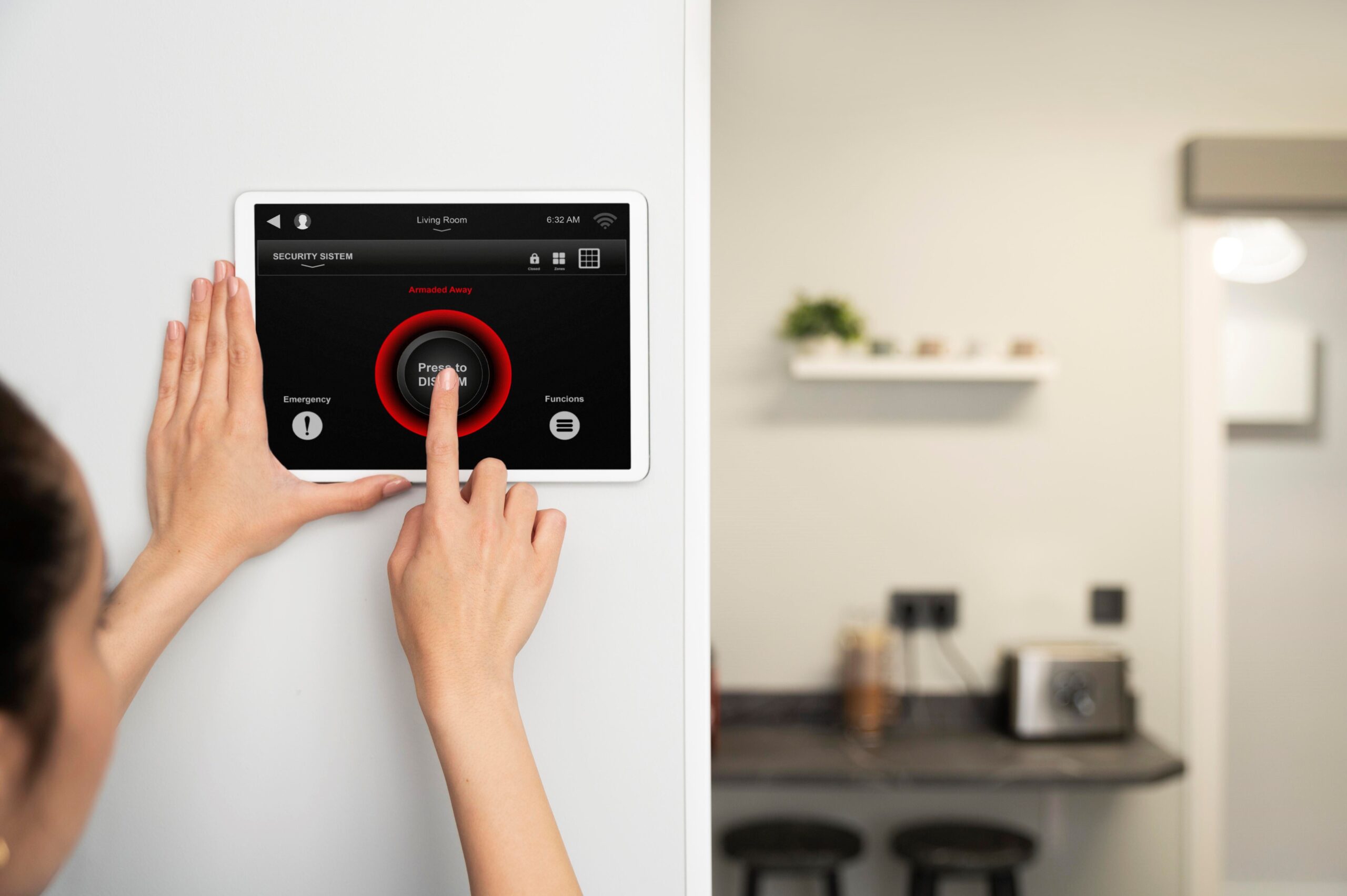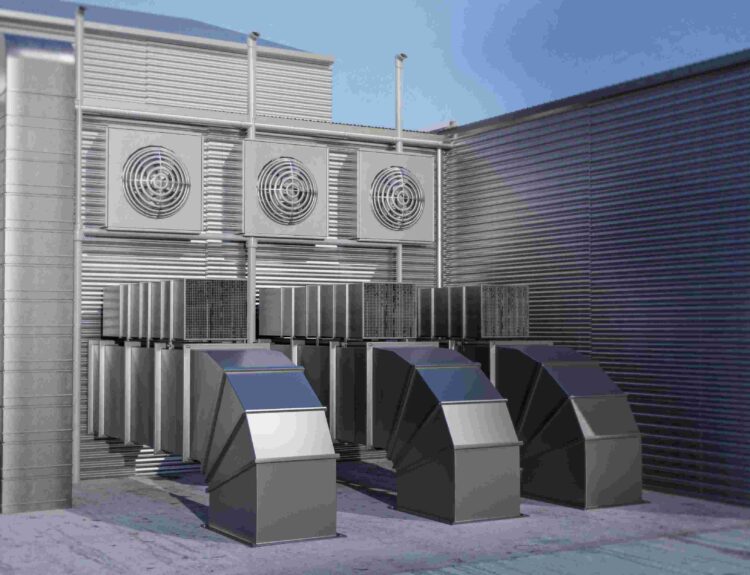I. Introduction
Smart home technology is no longer a concept of the future; it’s a reality that’s enhancing our daily lives. Imagine walking into your home after a long day, and the lights automatically turn on, the thermostat adjusts to your preferred temperature, and your favorite music starts playing. This is the power of smart home innovations.
Smart home innovations are transforming modern living by enhancing convenience, security, and energy efficiency. These technologies are not only making our lives easier but also contributing to a more sustainable and secure lifestyle.
In this article, we will explore how smart home technology has evolved, its impact on our daily lives through convenience and automation, security enhancements, and energy efficiency. We will also look at future trends and the challenges that come with these advancements.

II. The Rise of Smart Home Technology
Historical Background
The journey of smart home technology began with early home automation systems. Initially, these systems were simple, controlling basic functions like lighting and temperature. Over time, they evolved into more sophisticated setups, capable of managing a variety of home systems through centralized control hubs.
Market Growth
The smart home market has seen exponential growth in recent years. In 2021, the global smart home market was valued at approximately $79 billion, and it is projected to reach $313 billion by 2026. Key players driving this growth include companies like Amazon, Google, and Apple, whose innovations in voice-activated assistants and interconnected devices have revolutionized the market.
III. Convenience and Automation
Voice-Activated Assistants
Voice-activated assistants like Amazon Alexa, Google Assistant, and Apple Siri have become household staples. These devices can manage a range of tasks, from setting reminders and playing music to controlling other smart home devices. Imagine asking Alexa to start your morning coffee while you’re still in bed – that’s the level of convenience these assistants offer.
Smart Appliances
Smart appliances are another significant aspect of smart home innovations. Devices like smart refrigerators, ovens, and washing machines can be controlled remotely and can integrate with other smart home systems. For instance, a smart refrigerator can notify you when you’re running low on groceries and even suggest recipes based on the ingredients you have.
Home Automation Systems
Centralized home automation systems, such as SmartThings and Hubitat, allow users to control lighting, heating, and other home systems through a single interface. These systems can be programmed to follow specific schedules, enhancing both convenience and energy efficiency.
Case Study
Take the example of the Johnson family, who transformed their daily routine through smart home technology. By integrating smart lighting, a smart thermostat, and a voice-activated assistant, they managed to reduce their energy consumption by 20% while enjoying a more convenient lifestyle.
IV. Security Enhancements
Smart Surveillance Systems
Smart surveillance systems have advanced features like motion detection and facial recognition. These systems can send real-time alerts to your mobile devices, ensuring that you are always aware of what’s happening around your home. This level of monitoring provides peace of mind, knowing that your home is secure.
Smart Locks and Doorbells
Smart locks and doorbells, such as those offered by Ring and August, provide enhanced security features. These devices allow keyless entry and remote access, meaning you can lock or unlock your door from anywhere. Smart doorbells come with video calling features, allowing you to see and communicate with visitors even when you’re not home.
Comprehensive Security Systems
Combining various smart devices into a comprehensive security system can provide a holistic security solution. Brands like ADT and SimpliSafe offer systems that integrate smart cameras, locks, and sensors to ensure every part of your home is protected.
User Testimonials
Many users have reported improved security through smart home technology. John from California shared that his smart security system alerted him to a break-in attempt while he was on vacation, allowing him to contact the authorities in time to prevent any loss.
V. Energy Efficiency
Smart Thermostats
Smart thermostats, such as Nest and Ecobee, learn from your behaviors and adjust the temperature accordingly. These devices provide energy reports and suggestions for improving efficiency. Users have reported significant savings on their energy bills, thanks to the optimized heating and cooling schedules managed by smart thermostats.
Energy Monitoring Devices
Devices like smart plugs and energy monitors help track and reduce energy consumption. By providing insights into how much energy each device uses, these tools empower users to make more informed decisions about their energy usage.
Automated Lighting
LED smart bulbs are another excellent example of energy-efficient smart home innovations. These bulbs can be scheduled or controlled via motion sensors, ensuring that lights are only on when needed, thus saving energy.
Environmental Impact
Smart home technology contributes significantly to sustainability. By optimizing energy usage and reducing wastage, these technologies help lower carbon footprints. For example, a case study showed that a household using smart home devices reduced their energy consumption by 30%, leading to a substantial decrease in their environmental impact.
VI. Future Trends in Smart Home Innovations
Integration with AI and Machine Learning
The integration of AI and machine learning into smart home systems holds immense potential. These technologies can make home systems smarter and more intuitive, learning from your habits and preferences to provide personalized experiences. For instance, AI-driven home assistants could anticipate your needs and adjust home settings even before you ask.
Interconnectivity and IoT
The expansion of the Internet of Things (IoT) in home environments is paving the way for more interconnected home systems. Future possibilities include even greater integration between devices, allowing them to work seamlessly together to provide a more cohesive smart home experience.
Health and Wellness Technologies
Smart health devices, such as air purifiers and sleep trackers, are becoming increasingly popular. These devices monitor and improve indoor air quality and track sleep patterns, contributing to overall health and wellness. Integrating these technologies with smart home systems ensures a healthier living environment.
Market Predictions
Experts predict continued growth in the smart home market, with advancements in technology leading to increased consumer adoption. By 2030, it is expected that most homes will incorporate some form of smart technology, driven by the ongoing innovations in AI, IoT, and health tech.








